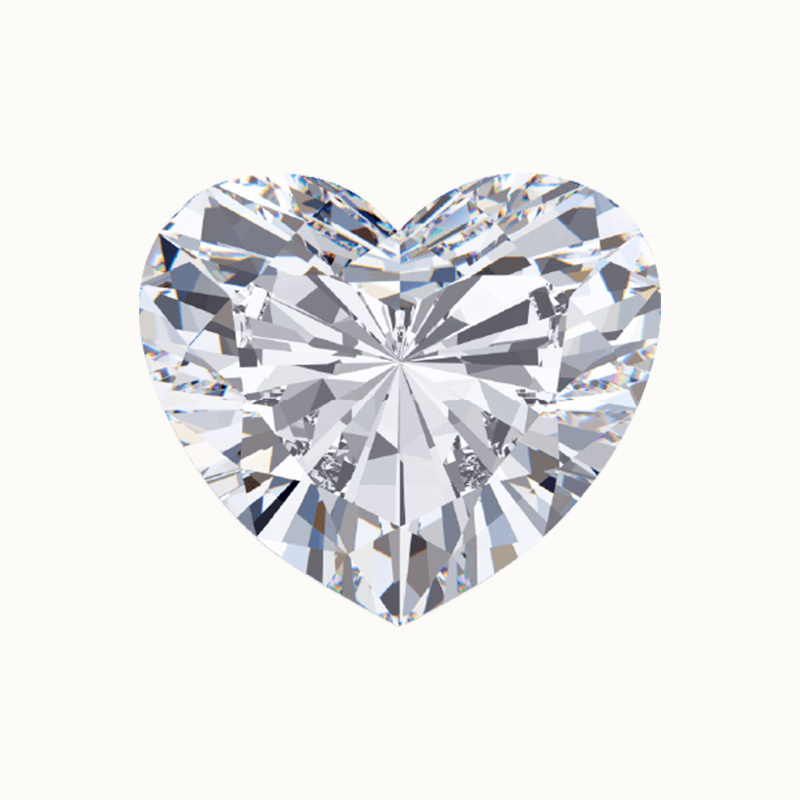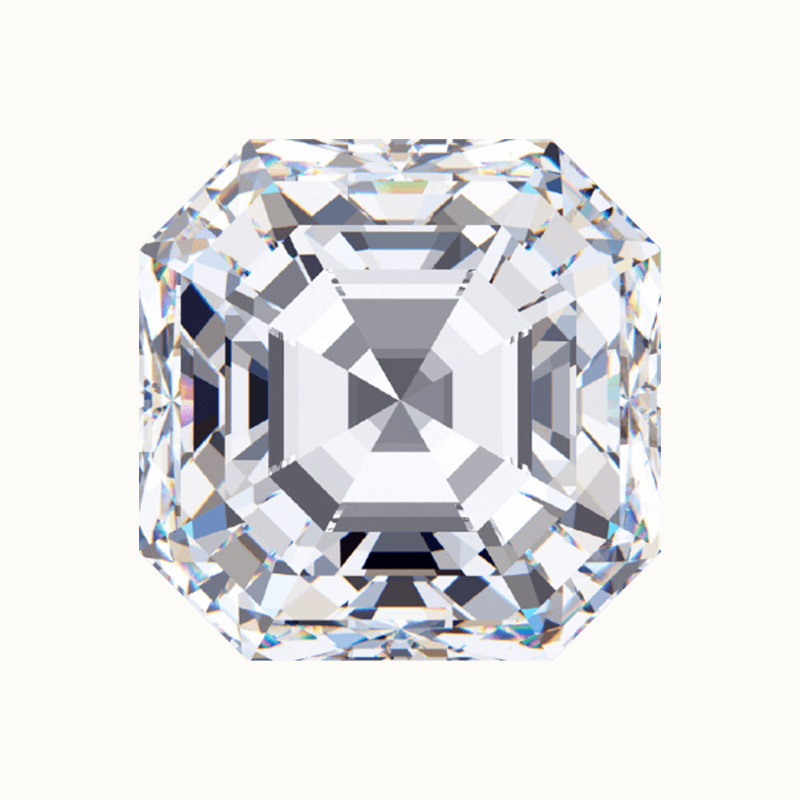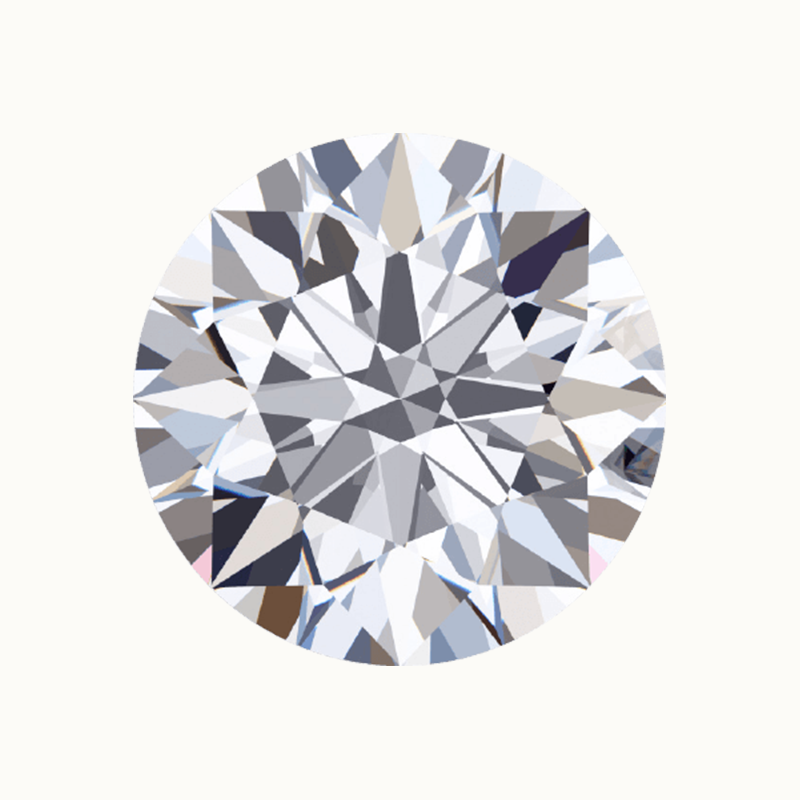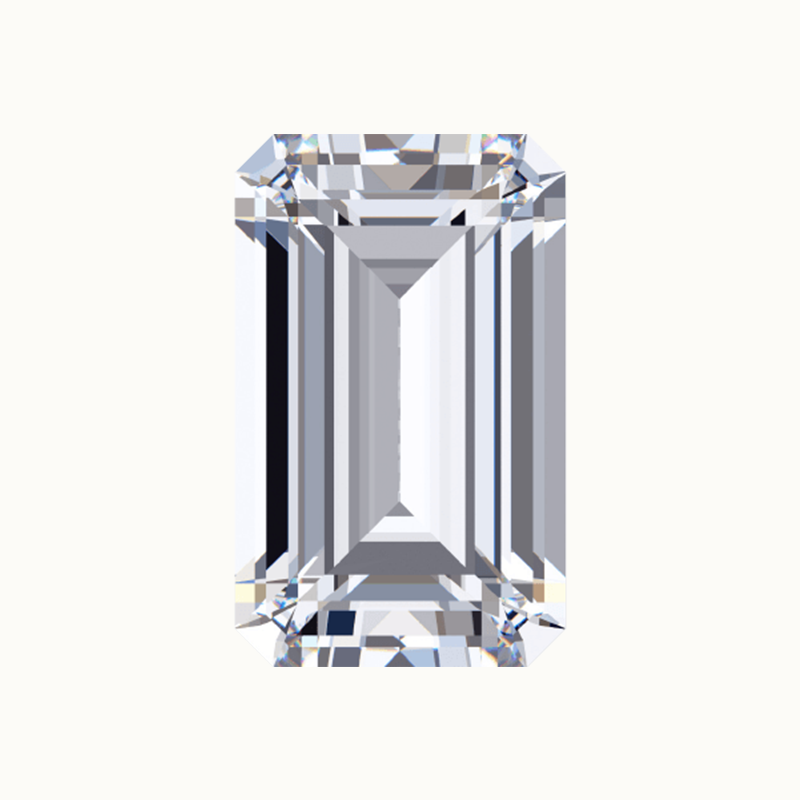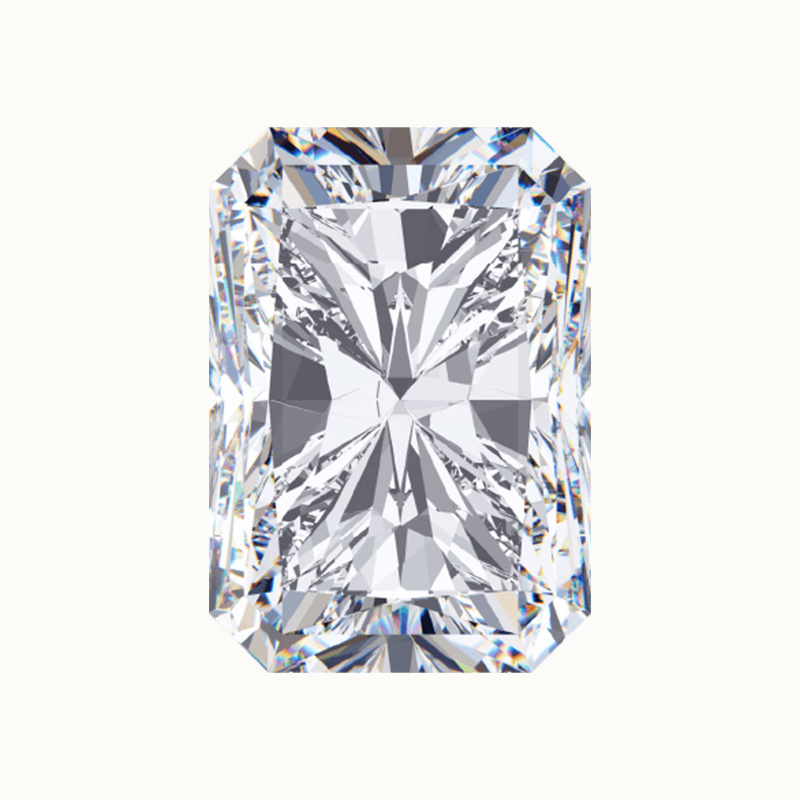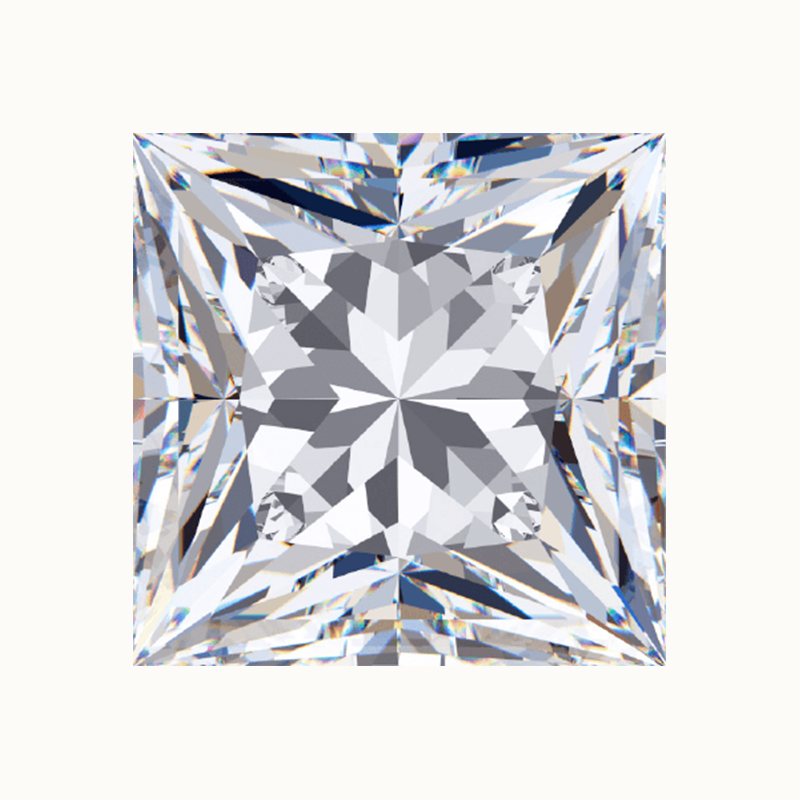
Diamond photo is for visual purposes only. Play Video for a real diamond.
0.58 Carat Emerald Diamond
CARAT
0.58
SIZE (MM)
5.65 X 4.01 X 2.57 Mm
TABLE & DEPTH
66.50%, 64.10%
IN THE BOX
Diamond, GIA/IGI/GCAL Certificate.
L/W RATIO
1.41
GROWTH TYPE
CVD
SHAPE
Emerald
CLARITY
SI1
COLOR
E
CUT
Rare Carat Ideal
Introduction
| Loose Lab Grown Diamonds Details | |
| Brand Name | BESCO |
| Name | Carat Emerald Natural Diamond |
| Diamond Color | E |
| Diamond Clarity | SI1 |
| Diamond Carat Weight | 0.58carat |
| Diamond Cut | VERY GOOD |
| Size | 5.65 X 4.01 X 2.57 Mm |
| Shape | Emerald |
| Technology | HPHT |
| L/W RATIO | 1.41 |
| SKU | LGD14-58 |
Loose Lab Grown Diamonds Introduction
Natural diamonds are created by nature and are the result of high temperature and pressure formed over billions of years. The Lab Grown Diamonds are produced in the laboratory, usually in a few weeks. The chemical difference between the two is same.
So how do you distinguish between Lab Grown Diamonds and natural diamonds?
There is no obvious difference between the Lab Grown Diamonds and natural diamonds. Even professional gemologists need special equipment to identify them. By zooming in, professionals will be able to discern subtle contrasts in diamond inclusions grown and mined in the laboratory.
| The Difference Between Lab Diamond And Natural Diamond | ||
| Properties | Earth Mined | Lab Created |
| Guaranteed Conflict-Free | No | Yes |
| Hardness (MOHS) | 10 | 10 |
| SP3 Carbon Diamond Bonds (%) | 100% | 100% |
| Internal Crystal Structure | Face-Centered Cubic | Face-Centered Cubic |
| Hardness Comparable | 2.42 | 2.42 |
| Relative Diversity | 3.52 | 3.52 |
| Color Diffusion | 0.044 | 0.044 |
| Color | Various Grades | K to D grades |
| Price | $$$$$ | $$$ |
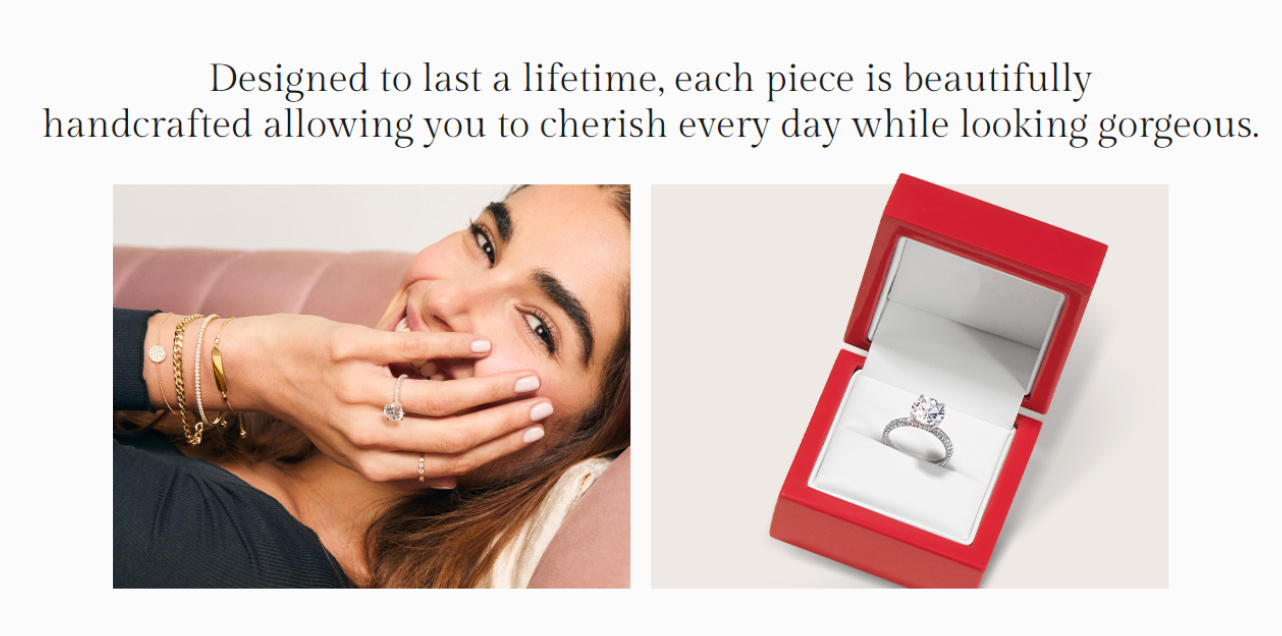
Carat 1
The size of a diamond is proportional to its carat weight. When rough diamonds are cut and polished into finished diamonds, up to 2/3 of the total carat weight may be lost. Since larger rough gems of high quality are found less frequently than smaller rough gems of high quality, a single two carat diamond will be more expensive than two one-carat diamonds of the same quality.
Color H
A diamond’s color is an important element of its quality. In a white diamond, the less body color present, the greater the value of the diamond. The GIA grades diamonds on a scale of D (colorless) to Z (noticeable color).
The predominant color you see in a diamond is yellow, which is caused by the trace element nitrogen.
Clarity SI1
Clarity refers to the presence of imperfections, flaws and blemishes inside or on the surface of a diamond.
The GIA grades diamond clarity under 10X magnification on a scale that ranges from Flawless (FL) to I2-3 (Included). Diamonds with the least amount of flaws having the highest clarity grading.
A diamond’s clarity has a significant impact on its value.
Cut Very Good
The cut of a diamond influences how effectively it reflects light. Well-cut diamonds appear fiery and brilliant and allow light to enter the stone and be reflected around the facets before exiting the stone through the top. Poorly-cut diamonds can appear lifeless and dark, despite their clarity or color grade.
Not only do well-cut diamonds appear more brilliant, they also tend to appear larger than other diamonds of the same carat weight.
Related Products
Message

